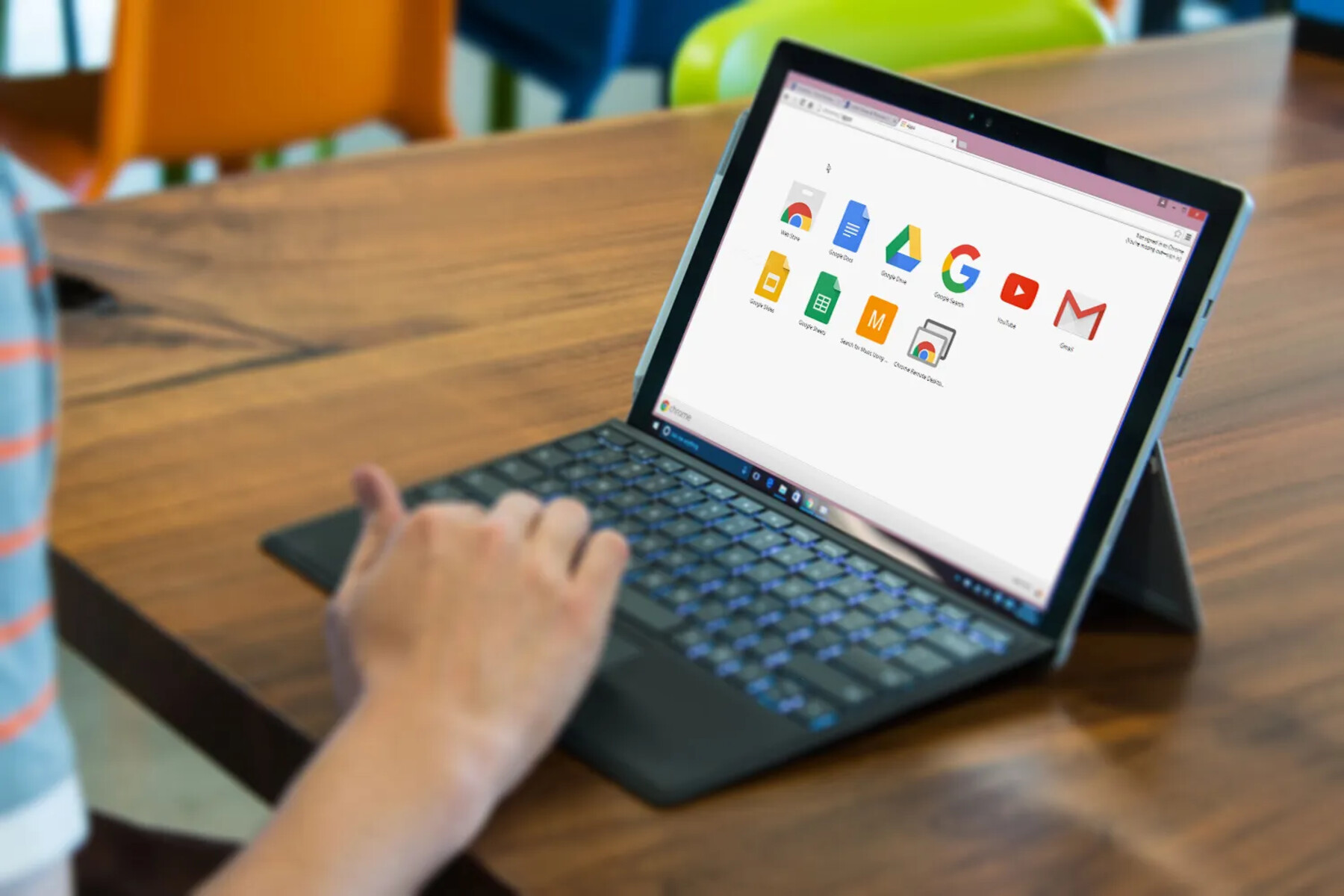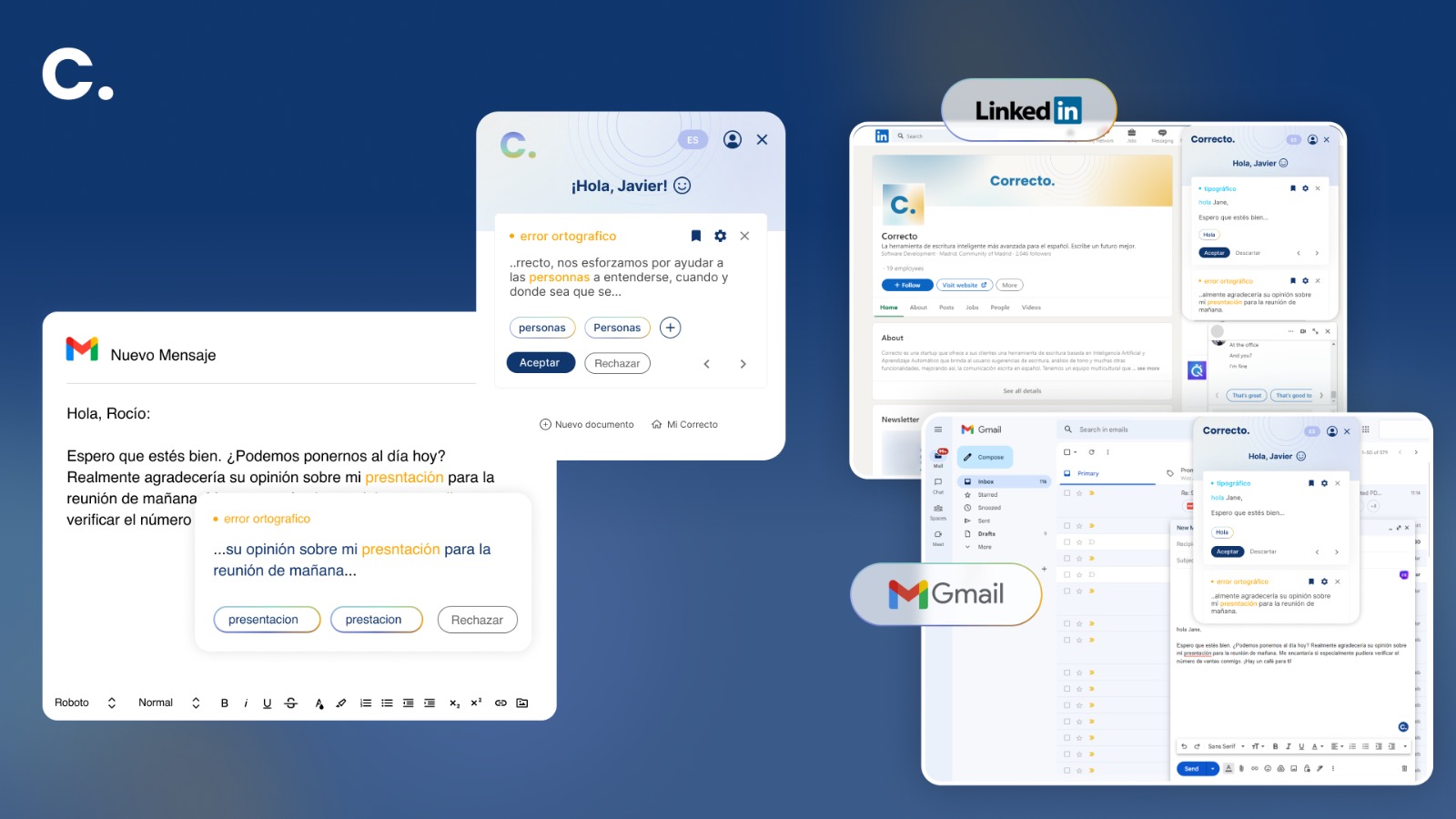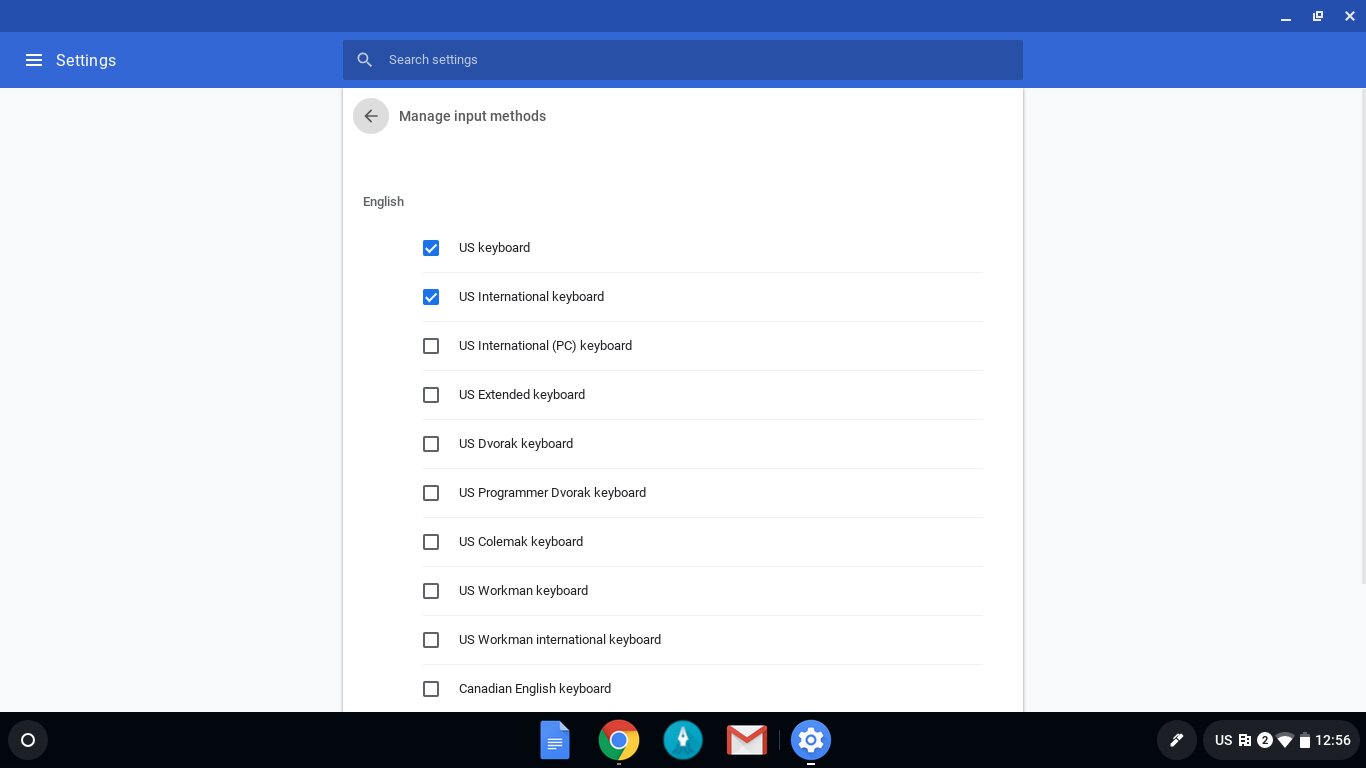Introduction
Have you ever opened your Chrome browser and found that it's displaying in Spanish instead of English? It can be quite a surprise and a bit disorienting, especially if you're used to navigating the web in English. Don't worry, you're not alone in this experience. Many users encounter this issue, and there are simple ways to address it.
In this article, we'll delve into the reasons why your Chrome browser might be in Spanish and provide you with clear, step-by-step instructions on how to change the language back to English. Whether you accidentally changed the language settings or encountered a glitch, we've got you covered.
So, if you're ready to regain control of your browsing experience and switch your Chrome browser back to English, keep reading. We'll explore the language settings in Chrome, discuss the potential causes of your browser being in Spanish, and walk you through the process of changing the language settings to restore the familiar interface you're accustomed to.
Let's embark on this journey to reclaim your browsing comfort and ensure that your Chrome browser speaks your language, figuratively and literally.
Language Settings in Chrome
Understanding the language settings in Chrome is essential for customizing your browsing experience to suit your linguistic preferences. Chrome offers a user-friendly interface that allows you to adjust the language settings with ease. Whether you're a polyglot who enjoys exploring the web in multiple languages or simply prefer to navigate in your native tongue, Chrome provides the flexibility to accommodate your needs.
Accessing Language Settings
To access the language settings in Chrome, start by clicking on the three-dot menu icon located in the top-right corner of the browser window. From the dropdown menu, select "Settings." Once in the Settings menu, scroll down and click on "Advanced" to reveal additional options. Under the "Languages" section, you'll find the "Language" tab, which houses the settings for managing the display language of the browser.
Adding Languages
Chrome allows you to add multiple languages, enabling the browser to display content in various languages based on your preferences. By clicking on "Add languages," you can select from a comprehensive list of available languages. This feature is particularly beneficial for multilingual users or individuals who frequently access websites in different languages.
Language Preferences
Upon adding languages, Chrome enables you to prioritize your language preferences. This means that if a webpage is available in multiple languages, Chrome will display the content in the language that is ranked highest in your preferences. You can easily adjust the priority of languages by dragging and dropping them within the settings interface.
Language Detection
Chrome also offers a language detection feature that automatically identifies the language of a webpage and can prompt translation if the content is not in your preferred language. This feature enhances the browsing experience for users who frequently encounter multilingual content.
User-Friendly Interface
The language settings in Chrome are designed to be intuitive and accessible to users of all levels of technical proficiency. The straightforward layout and clear instructions make it easy to modify language preferences and ensure that your browsing experience aligns with your language requirements.
By familiarizing yourself with the language settings in Chrome, you can effortlessly tailor your browsing experience to align with your linguistic preferences and seamlessly navigate the diverse landscape of the internet. Whether you're a language enthusiast, a global traveler, or simply someone who prefers to browse in a specific language, Chrome's language settings empower you to personalize your online interactions.
Possible Causes of Chrome Being in Spanish
-
Accidental Language Selection: It's not uncommon for users to inadvertently change the language settings in Chrome. A simple misclick or unintentional selection of a different language during the initial setup or while exploring the browser's settings can result in Chrome displaying in Spanish.
-
System Default Language: In some cases, the language displayed in Chrome may align with the default language set on the user's operating system. If the default language on the computer is Spanish, Chrome might automatically adopt this language setting, leading to the browser interface being displayed in Spanish.
-
Language Preferences Sync: Chrome offers the option to sync settings across devices for users with a Google account. If a user's language preferences were previously set to Spanish on another device and the settings were synchronized, it could cause Chrome to display in Spanish on the current device.
-
Language Detection and Auto-Translation: Chrome's language detection feature, designed to identify and translate content in different languages, may sometimes misinterpret the user's language preferences. This can lead to the automatic translation of webpages into Spanish, giving the impression that Chrome is displaying in Spanish.
-
Browser Glitch or Update Issue: Occasionally, technical glitches or issues arising from browser updates can disrupt the language settings in Chrome, causing it to display in an unintended language such as Spanish. These disruptions may stem from compatibility conflicts, incomplete updates, or temporary malfunctions within the browser's language settings.
-
Third-Party Extensions or Add-Ons: Certain third-party extensions or add-ons installed in Chrome can impact the browser's behavior, including language settings. If an extension or add-on inadvertently alters the language settings, it can result in Chrome being displayed in Spanish without the user's explicit consent.
Understanding the potential causes of Chrome being in Spanish is crucial for effectively addressing the issue. By identifying the underlying reasons, users can take targeted steps to rectify the language settings and restore Chrome to their preferred language, ensuring a seamless browsing experience aligned with their linguistic preferences.
How to Change Chrome Language to English
Changing the language of your Chrome browser from Spanish to English is a straightforward process that empowers you to regain control of your browsing experience. Whether you prefer navigating the web in English for its widespread accessibility or simply find it more comfortable, adjusting the language settings in Chrome can be accomplished with ease. Here's a step-by-step guide to help you seamlessly transition your Chrome browser back to English:
-
Accessing Language Settings: Begin by clicking on the three-dot menu icon in the top-right corner of the Chrome browser window. From the dropdown menu, select "Settings." Once in the Settings menu, scroll down and click on "Advanced" to reveal additional options. Under the "Languages" section, click on the "Language" tab to access the language settings.
-
Adding English Language: To add English as the display language, click on "Add languages" and select "English" from the list of available languages. You can type "English" in the search bar to quickly locate it. Once selected, click "Add" to include English in the list of languages available for Chrome.
-
Setting English as Display Language: After adding English to the list of languages, click on the three-dot icon next to English and select "Display Google Chrome in this language." This action sets English as the primary display language for your Chrome browser.
-
Adjusting Language Priority: If you have multiple languages listed in the language settings, you can prioritize English by clicking on the three-dot icon next to English and selecting "Move to the top." This ensures that Chrome displays content in English whenever available.
-
Reloading Chrome: Once you've made the necessary language adjustments, it's recommended to reload Chrome to apply the changes. You can do this by closing and reopening the browser or by clicking the "Relaunch" button if prompted within the Settings menu.
By following these simple steps, you can effectively change the language of your Chrome browser from Spanish to English, restoring familiarity and comfort to your browsing experience. Whether you inadvertently ended up with a Spanish interface or encountered a language preference sync issue, taking control of the language settings allows you to navigate the web in a language that aligns with your preferences.
Empowered with the knowledge of how to modify the language settings in Chrome, you can confidently tailor your browsing experience to suit your linguistic needs. Whether you're a language enthusiast, a global traveler, or simply someone who prefers to browse in English, Chrome's flexibility in language customization ensures that your online interactions are seamlessly aligned with your language preferences.

























